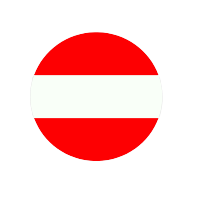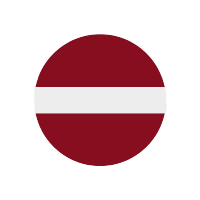Determine which Schengen member state you will be visiting or spending the most time in, as this will be the member state you will need to apply to for the visa.
Gather all the required documents for the visa application, which may include:
A valid passport with at least two blank pages
A completed visa application form
A recent passport-sized photograph
Proof of travel arrangements, such as flight tickets and hotel reservations
Proof of financial means, such as bank statements and pay slips
Travel medical insurance with coverage of at least €30,000
Schedule an appointment with the embassy or consulate of the Schengen member state you will be applying to for the visa. You may need to do this online or by phone.
Attend the visa appointment and submit your application, along with all the required documents. You may also be required to pay a visa fee.
Wait for the visa processing time, which can take up to 15 days, although it may take longer in some cases. You can track the status of your application online.
If your visa application is approved, collect your visa from the embassy or consulate. If your application is denied, you may be able to appeal the decision.
Obtaining a Schengen visitor visa is an essential step for immigrants who wish to visit any of the Schengen member states for tourism or visiting family and friends. By following the steps outlined above, you can increase your chances of a successful visa application and enjoy your travels in the Schengen area.




























